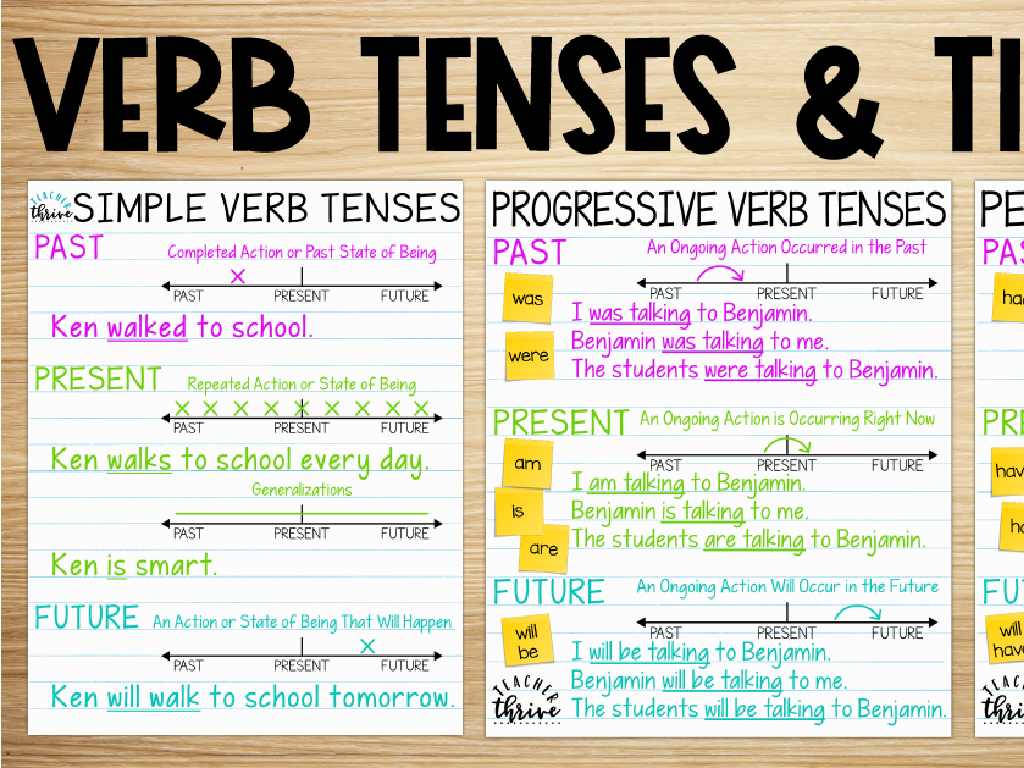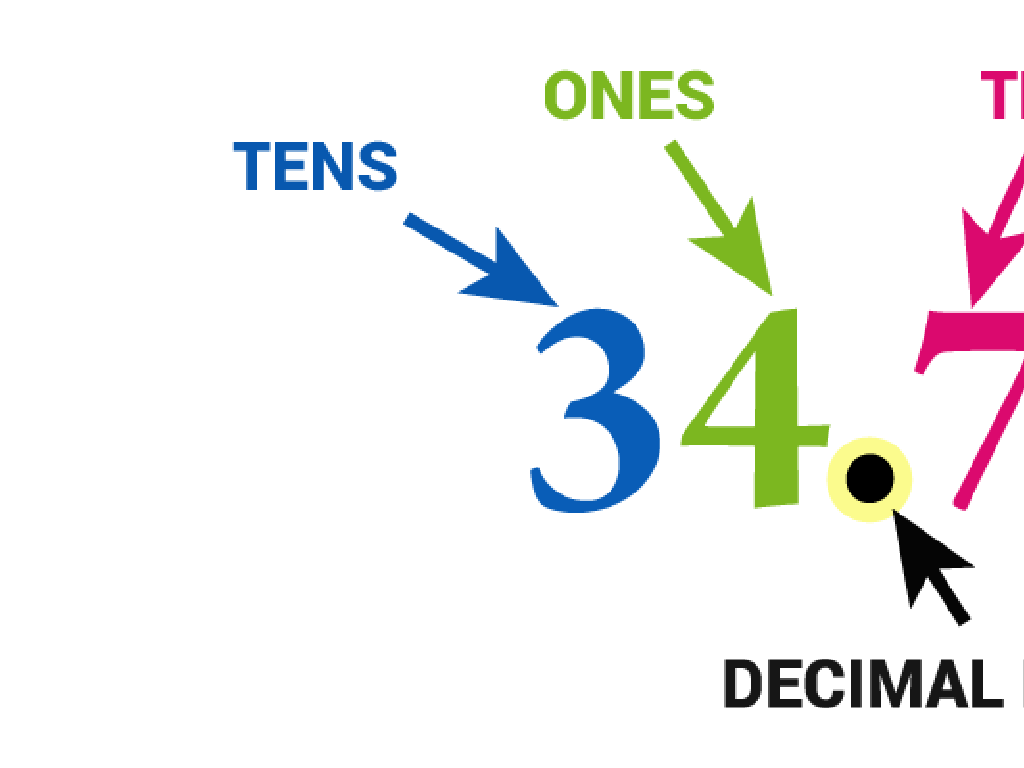Choose Reasons To Support An Opinion
Subject: Language arts
Grade: Fifth grade
Topic: Summarizing
Please LOG IN to download the presentation. Access is available to registered users only.
View More Content
Mastering Summarizing & Opinions
– Summarizing: What is it?
– Condensing information to the main points
– The value of summarizing
– Helps remember and explain texts better
– Opinions in summaries
– Differentiate between facts and personal thoughts
– Choosing strong reasons
– Support your viewpoint with solid evidence
|
This slide introduces the concept of summarizing and its significance in understanding and conveying information effectively. Summarizing is the skill of distilling a text down to its essential points, which aids in comprehension and retention. Emphasize the importance of being able to separate objective information from subjective opinions within summaries. Teach students how to identify and choose strong, relevant reasons that support their opinions, which is a critical thinking skill. Use examples from familiar stories or articles to illustrate how to pick out key points and opinions. Encourage students to practice by summarizing short texts and identifying the author’s opinion and the reasons behind it.
Understanding Opinions in Summaries
– Fact vs. Opinion
– Facts are provable, opinions are beliefs
– Opinions in summaries
– Summaries include opinions to reflect our viewpoint
– Literature opinion examples
– Characters in stories have opinions that affect outcomes
– Forming your own opinion
|
This slide introduces the concept of opinions and how they differ from facts, which is crucial for students to understand when summarizing texts. Emphasize that facts are objective and verifiable, while opinions are subjective and based on personal beliefs. Discuss how including opinions in summaries allows us to express our perspectives and make the summary more engaging. Use examples from familiar literature where characters’ opinions influence the plot. Encourage students to think about their own opinions and how they can articulate them in their writing. This will help them in crafting summaries that not only convey the main points of a text but also their personal responses to it.
Choosing Strong Reasons for Opinions
– How to pick strong reasons
– Look for facts and evidence that support your view.
– Relevance of reasons in summaries
– Summaries should include key points that are directly related to your opinion.
– Comparing strong and weak reasons
– Strong reasons are backed by evidence, while weak reasons are based on assumptions.
– Practice with examples
– Use examples from books or everyday situations to understand the difference.
|
This slide aims to teach students how to effectively back up their opinions with strong, relevant reasons, especially when summarizing. Emphasize the need for reasons that are supported by facts or evidence, as this makes an argument more convincing. Discuss the importance of including only relevant reasons in summaries to keep them concise and focused. Provide clear examples of what constitutes a strong reason versus a weak one, and engage the class with practice examples from familiar contexts. Encourage students to think critically about the reasons they choose and how they relate to the opinion they are expressing.
Supporting Opinions with Evidence
– Understanding what evidence is
– Evidence is facts or details from the text that back up your opinion.
– How to find evidence in texts
– Look for statements, facts, or details in the text that support your view.
– Connect evidence to your reasons
– Make sure the evidence you choose directly relates to the reasons for your opinion.
– Practice with examples
– We’ll use sample texts to identify evidence and link it to our reasons.
|
This slide introduces the concept of using evidence to support opinions, a critical skill in developing strong arguments and writing persuasively. Begin by explaining that evidence is like a proof that helps convince others that your opinion is valid. Teach students to identify relevant evidence by carefully reading and analyzing the text, looking for specific details that align with their opinion. Show them how to make clear connections between their reasons and the evidence they find. Use class activities with sample texts to give students hands-on practice in matching evidence with reasons, reinforcing the lesson and preparing them for writing assignments.
Practice: Identifying Opinions and Reasons
– Read a passage as a class
– Spot the opinions stated
– Opinions are beliefs or views, not always facts
– Discuss reasons behind opinions
– Think: Why might someone feel this way?
– List reasons supporting opinions
– Write down reasons that make the opinions strong
|
This slide is for a class activity aimed at helping students understand how to identify opinions within a text and to think critically about the reasons behind those opinions. Start by reading a passage together, ensuring that it contains clear opinions. Then, guide the students to spot and highlight the opinions. Engage the class in a discussion about what could be the possible reasons for the opinions expressed in the passage. Encourage them to think from different perspectives. Finally, have the students list the reasons that support each opinion, emphasizing the importance of backing up opinions with solid reasoning. This exercise will enhance their critical thinking and summarizing skills.
Group Activity: Crafting Your Summary
– Select a passage as a team
– Formulate an opinion on the passage
– List reasons and gather evidence
– Think: Why do you feel this way? Use parts of the passage to explain.
– Present your summary to the class
|
This group activity is designed to enhance students’ summarizing and critical thinking skills. Divide the class into small groups and have each group choose a passage to read. Then, they should discuss and decide on an opinion about the passage. Students must list strong reasons for their opinion and find evidence in the text to support their reasoning. Encourage them to look for key details and to differentiate between fact and opinion. Each group will then present their summary and supporting reasons to the class. For the teacher: Prepare a list of diverse passages suitable for fifth graders, guide them on how to form an opinion, and provide examples of strong reasons and evidence. Also, prepare a rubric for evaluating the presentations.
Conclusion & Homework: Summarizing Opinions
– Recap: Choosing reasons for opinions
– Remember to pick strong reasons that explain your opinion clearly.
– Why summarizing opinions matters
– Summarizing with opinions helps you understand and communicate the main points.
– Homework: Summary with opinion
– Choose a story, write a summary, and include your opinion with reasons why you feel that way.
– Share your work next class
|
As we wrap up today’s lesson, remind students of the strategies for selecting strong, supportive reasons for their opinions. Emphasize the value of summarizing with opinions in Language Arts, as it aids in comprehension and critical thinking. For homework, instruct students to choose a story they have read, write a summary of the plot, and clearly state their opinion about the story with supporting reasons. Encourage them to think critically about why they hold that opinion and to express their thoughts coherently. In the next class, be prepared to facilitate a discussion where students can share their summaries and opinions, fostering a collaborative learning environment.





